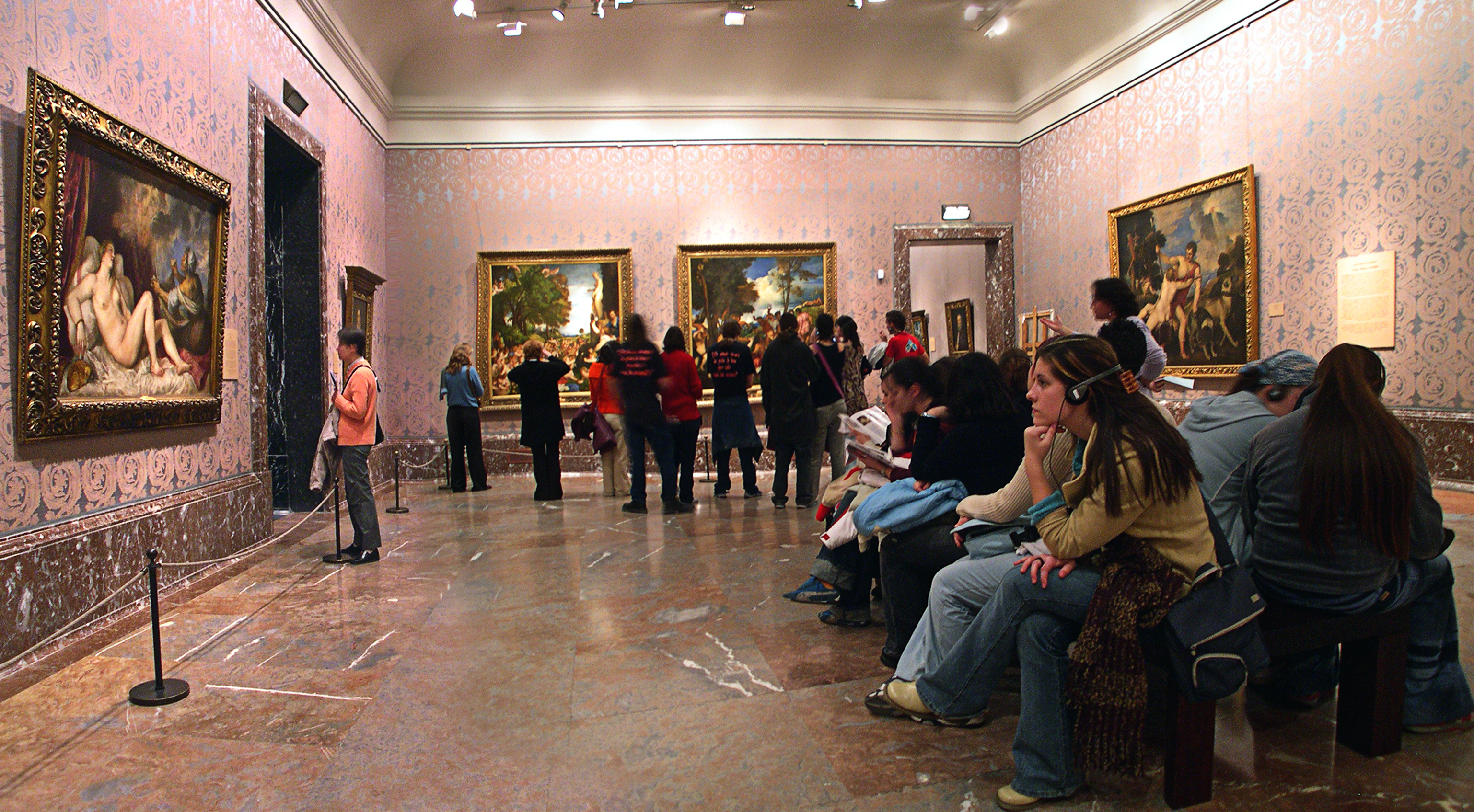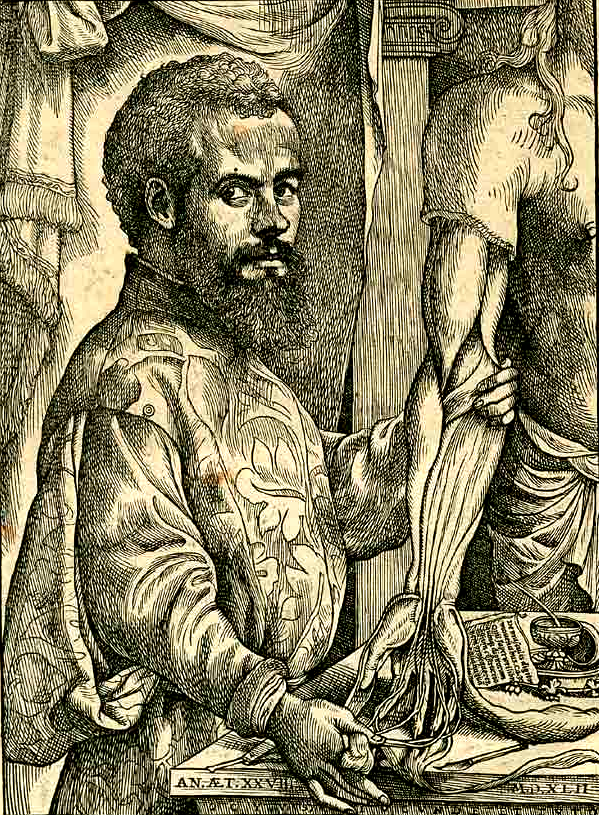|
Noli Me Tangere (Titian)
{{16C-painting-stub ...
''Noli me tangere'' (Latin for ''Don't touch me'' or ''Stop touching me'') is a c. 1514 painting by Titian of the Noli me tangere episode in St John's Gospel. The painting, depicting Jesus and Mary Magdalene soon after the resurrection, is in oil on canvas and since the nineteenth century has been in the collection of the National Gallery in London. See also * List of works by Titian References External links * National Gallery page 1514 paintings Paintings by Titian in the National Gallery, London Titian Tiziano Vecelli or Vecellio (; 27 August 1576), known in English as Titian ( ), was an Italian (Venetian) painter of the Renaissance, considered the most important member of the 16th-century Venetian school. He was born in Pieve di Cadore, nea ... [...More Info...] [...Related Items...] OR: [Wikipedia] [Google] [Baidu] |
Titian
Tiziano Vecelli or Vecellio (; 27 August 1576), known in English as Titian ( ), was an Italian (Venetian) painter of the Renaissance, considered the most important member of the 16th-century Venetian school. He was born in Pieve di Cadore, near Belluno. During his lifetime he was often called ''da Cadore'', 'from Cadore', taken from his native region. Recognized by his contemporaries as "The Sun Amidst Small Stars" (recalling the final line of Dante's '' Paradiso''), Titian was one of the most versatile of Italian painters, equally adept with portraits, landscape backgrounds, and mythological and religious subjects. His painting methods, particularly in the application and use of colour, exercised a profound influence not only on painters of the late Italian Renaissance, but on future generations of Western artists. His career was successful from the start, and he became sought after by patrons, initially from Venice and its possessions, then joined by the north Italian princ ... [...More Info...] [...Related Items...] OR: [Wikipedia] [Google] [Baidu] |
National Gallery
The National Gallery is an art museum in Trafalgar Square in the City of Westminster, in Central London, England. Founded in 1824, it houses a collection of over 2,300 paintings dating from the mid-13th century to 1900. The current Director of the National Gallery is Gabriele Finaldi. The National Gallery is an exempt charity, and a non-departmental public body of the Department for Digital, Culture, Media and Sport. Its collection belongs to the government on behalf of the British public, and entry to the main collection is free of charge. Unlike comparable museums in continental Europe, the National Gallery was not formed by nationalising an existing royal or princely art collection. It came into being when the British government bought 38 paintings from the heirs of John Julius Angerstein in 1824. After that initial purchase, the Gallery was shaped mainly by its early directors, especially Charles Lock Eastlake, and by private donations, which now account for two-t ... [...More Info...] [...Related Items...] OR: [Wikipedia] [Google] [Baidu] |
London
London is the capital and List of urban areas in the United Kingdom, largest city of England and the United Kingdom, with a population of just under 9 million. It stands on the River Thames in south-east England at the head of a estuary down to the North Sea, and has been a major settlement for two millennia. The City of London, its ancient core and financial centre, was founded by the Roman Empire, Romans as ''Londinium'' and retains its medieval boundaries.See also: Independent city#National capitals, Independent city § National capitals The City of Westminster, to the west of the City of London, has for centuries hosted the national Government of the United Kingdom, government and Parliament of the United Kingdom, parliament. Since the 19th century, the name "London" has also referred to the metropolis around this core, historically split between the Counties of England, counties of Middlesex, Essex, Surrey, Kent, and Hertfordshire, which largely comprises Greater London ... [...More Info...] [...Related Items...] OR: [Wikipedia] [Google] [Baidu] |
Latin
Latin (, or , ) is a classical language belonging to the Italic branch of the Indo-European languages. Latin was originally a dialect spoken in the lower Tiber area (then known as Latium) around present-day Rome, but through the power of the Roman Republic it became the dominant language in the Italian region and subsequently throughout the Roman Empire. Even after the fall of Western Rome, Latin remained the common language of international communication, science, scholarship and academia in Europe until well into the 18th century, when other regional vernaculars (including its own descendants, the Romance languages) supplanted it in common academic and political usage, and it eventually became a dead language in the modern linguistic definition. Latin is a highly inflected language, with three distinct genders (masculine, feminine, and neuter), six or seven noun cases (nominative, accusative, genitive, dative, ablative, and vocative), five declensions, four verb conjug ... [...More Info...] [...Related Items...] OR: [Wikipedia] [Google] [Baidu] |
Jesus
Jesus, likely from he, יֵשׁוּעַ, translit=Yēšūaʿ, label= Hebrew/ Aramaic ( AD 30 or 33), also referred to as Jesus Christ or Jesus of Nazareth (among other names and titles), was a first-century Jewish preacher and religious leader; he is the central figure of Christianity, the world's largest religion. Most Christians believe he is the incarnation of God the Son and the awaited Messiah (the Christ) prophesied in the Hebrew Bible. Virtually all modern scholars of antiquity agree that Jesus existed historically. Research into the historical Jesus has yielded some uncertainty on the historical reliability of the Gospels and on how closely the Jesus portrayed in the New Testament reflects the historical Jesus, as the only detailed records of Jesus' life are contained in the Gospels. Jesus was a Galilean Jew who was circumcised, was baptized by John the Baptist, began his own ministry and was often referred to as "rabbi". Jesus debated with fellow ... [...More Info...] [...Related Items...] OR: [Wikipedia] [Google] [Baidu] |
Mary Magdalene
Mary Magdalene (sometimes called Mary of Magdala, or simply the Magdalene or the Madeleine) was a woman who, according to the four canonical gospels, traveled with Jesus as one of his followers and was a witness to his crucifixion and resurrection. She is mentioned by name twelve times in the canonical gospels, more than most of the apostles and more than any other woman in the gospels, other than Jesus' family. Mary's epithet ''Magdalene'' may mean that she came from the town of Magdala, a fishing town on the western shore of the Sea of Galilee in Roman Judea. The Gospel of Luke chapter 8 lists Mary Magdalene as one of the women who traveled with Jesus and helped support his ministry "out of their resources", indicating that she was probably wealthy. The same passage also states that seven demons had been driven out of her, a statement which is repeated in Mark 16. In all the four canonical gospels, Mary Magdalene was a witness to the crucifixion of Jesus and, in the Sy ... [...More Info...] [...Related Items...] OR: [Wikipedia] [Google] [Baidu] |
Oil On Canvas
Oil painting is the process of painting with pigments with a medium of drying oil as the binder. It has been the most common technique for artistic painting on wood panel or canvas for several centuries, spreading from Europe to the rest of the world. The advantages of oil for painting images include "greater flexibility, richer and denser colour, the use of layers, and a wider range from light to dark". But the process is slower, especially when one layer of paint needs to be allowed to dry before another is applied. The oldest known oil paintings were created by Buddhist artists in Afghanistan and date back to the 7th century AD. The technique of binding pigments in oil was later brought to Europe in the 15th century, about 900 years later. The adoption of oil paint by Europeans began with Early Netherlandish painting in Northern Europe, and by the height of the Renaissance, oil painting techniques had almost completely replaced the use of tempera paints in the majority ... [...More Info...] [...Related Items...] OR: [Wikipedia] [Google] [Baidu] |
List Of Works By Titian
This incomplete list of works by Titian contains representative portraits and mythological and religious works from a large oeuvre that spanned 70 years. (Titian left relatively few drawings.) Painting titles and dates often vary by source. List of works by year References {{Lists of paintings Titian Tiziano Vecelli or Vecellio (; 27 August 1576), known in English as Titian ( ), was an Italians, Italian (Republic of Venice, Venetian) painter of the Renaissance, considered the most important member of the 16th-century Venetian school (art), ... * * ... [...More Info...] [...Related Items...] OR: [Wikipedia] [Google] [Baidu] |
1514 Paintings
Year 1514 ( MDXIV) was a common year starting on Sunday (link will display the full calendar) of the Julian calendar. Events January–June * January 10 – A great fire breaks out, in the Rialto of Venice. * March 12 – A huge exotic embassy sent by King Manuel I of Portugal to Pope Leo X arrives in Rome, including Hanno, an Indian elephant. * March – Louis XII of France makes peace with Maximilian I, Holy Roman Emperor. * May 2 – The Poor Conrad peasant revolt against Ulrich, Duke of Württemberg begins in Beutelsbach. * May 15 – The earliest printed edition of Saxo Grammaticus' 12th century Scandinavian history ''Gesta Danorum'', edited by Christiern Pedersen from an original found near Lund, is published as ''Danorum Regum heroumque Historiae'', by Jodocus Badius in Paris. * June 13 – ''Henry Grace à Dieu'', at over 1,000 tons the largest warship in the world at this time, built at the new Woolwich Dockyard in England, is d ... [...More Info...] [...Related Items...] OR: [Wikipedia] [Google] [Baidu] |
Paintings By Titian In The National Gallery, London
Painting is the practice of applying paint, pigment, color or other medium to a solid surface (called the "matrix" or "support"). The medium is commonly applied to the base with a brush, but other implements, such as knives, sponges, and airbrushes, can be used. In art, the term ''painting ''describes both the act and the result of the action (the final work is called "a painting"). The support for paintings includes such surfaces as walls, paper, canvas, wood, glass, lacquer, pottery, leaf, copper and concrete, and the painting may incorporate multiple other materials, including sand, clay, paper, plaster, gold leaf, and even whole objects. Painting is an important form in the visual arts, bringing in elements such as drawing, composition, gesture (as in gestural painting), narration (as in narrative art), and abstraction (as in abstract art). Paintings can be naturalistic and representational (as in still life and landscape painting), photographic, abstract, n ... [...More Info...] [...Related Items...] OR: [Wikipedia] [Google] [Baidu] |







